The celebrated Mr. K. spotlights the books about the folks who make the comics — both real and fictional…
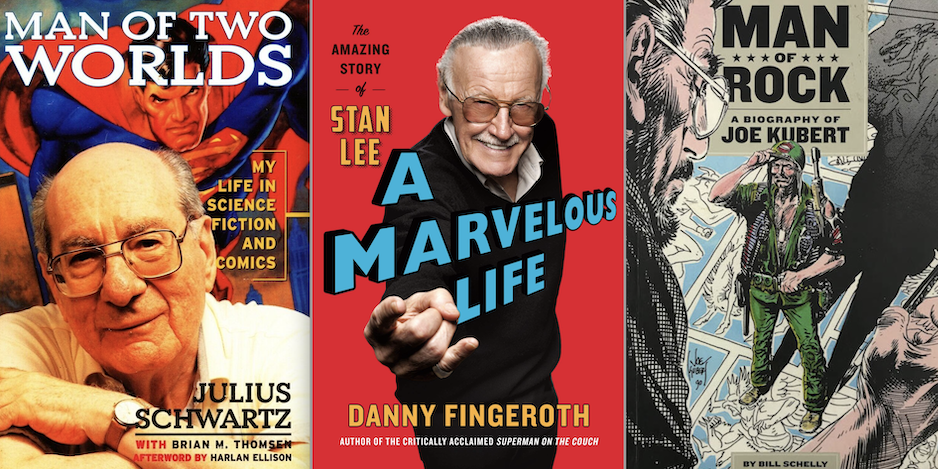
By PAUL KUPPERBERG
A couple of weeks back, I wrote about my favorite books on making comics, a selection of how-to and inspirational tomes concerning the art and craft of writing.
This week, I focus my 13th Dimensionvision on a stack of comic book histories and biographies (and as a nod to my own 1950s comic book business-based murder mystery, The Same Old Story and to turn you on to some good fiction as well, with a few novels set in the world of comics publishing) that have taken up permanent residence on my bookshelf.
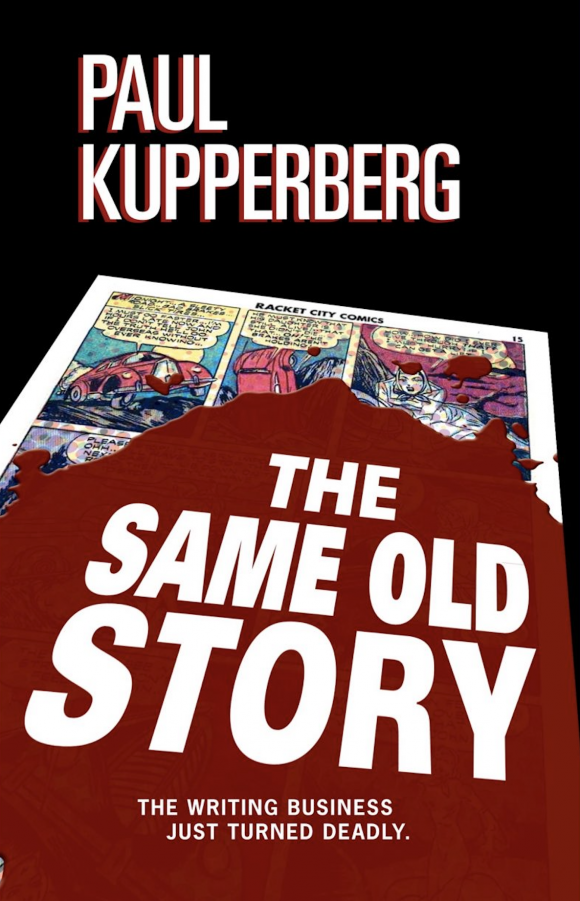
As a lifelong comic fan and occasional historian, I’m fascinated by the birth and growth of this weird artform and the people who created and shaped it. It was my good fortune to get my start in comics in 1975, when the business was just 40 years old and I got to meet many of those original creators, in their 50s and 60s and alive and still active; in the 46 years since, I’ve watched three generations of creators succeed those now long gone Golden and Silver Age artists and writers, as well as also having lost a more than seems fair number of my Bronze Age peers.
This year, I published Direct Comments: Comic Book Creators in their Own Words, a compilation of (heavily footnoted!) interviews I conducted with comics creators between 1989 and 1991 for DC’s Direct Currents newsletter, many of them of such Golden and Silver Age prestige as Jerry Robinson, Carmine Infantino, Julie Schwartz, Dick Giordano, Kurt Schaffenberger, Walter Simonson, and others.
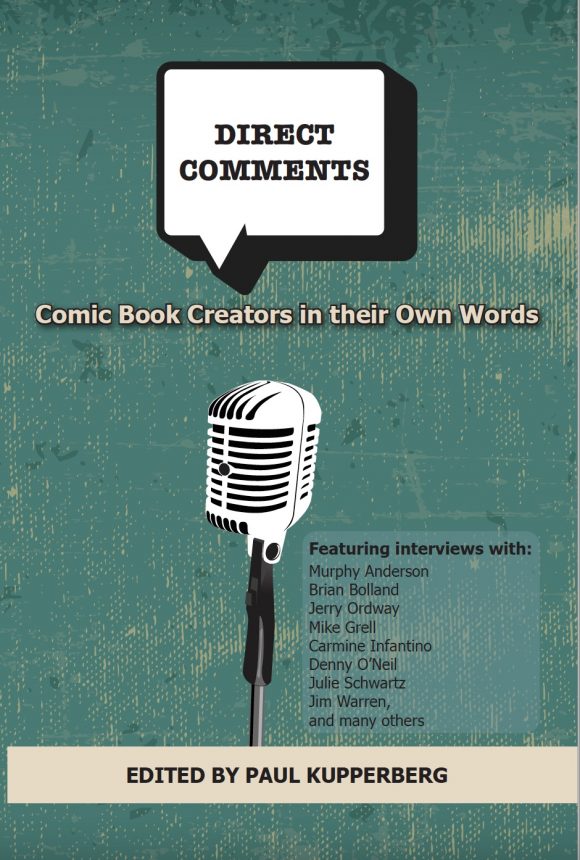
(Note from Dan: Paul did a great series of columns this year highlighting the achievements of 13 of those creators. Click here to check those out.)
Reviewing the interviews 30 years after they were conducted, I was fascinated not so much by their first-hand perspectives on the events in their careers as by the names they dropped; my favorite moment in the 24 interviews is when gruff Carmine Infantino affectionately called his longtime friend and colleague, the formidable Joe Kubert, “Joey.” Joe Kubert was not a “Joey” and nobody in the business that I ever heard called him that. Except Carmine.

Direct Comments started me thinking about my own early, formative years in the business, coinciding with the end of the Silver Age and the start of the Bronze, and the people I met and worked with then. I still keep up with a lot of my peers from those days via social media and in-person reunions at conventions, but many moved on to take different career paths, and many others are no longer with us. In 2022, I’m planning to talk with as many of that era’s survivors as I can to fill Going Pro: Comic Creators Talk About Their Bronze Age Beginnings and learn more about some of the people I’ve shared rack space with over the years.
The Infantino anecdote also got me turning to my own modest library for favorite books about the industry and, as usual, I had way more than 13 to choose from.
Nevertheless, here are MY 13 FAVORITE COMIC BOOK HISTORIES AND BIOGRAPHIES:
—
Man of Rock: A Biography of Joe Kubert (Fantagraphics, 2008). Speaking of Joe Kubert, the late Bill Schelly was a talented historian of comics fandom and comic books and one of his best books was Man of Rock. This is a first-rate look at the life of one of comics’ most influential creators, from his birth in Poland through his remarkable life as an artist, businessman and educator.
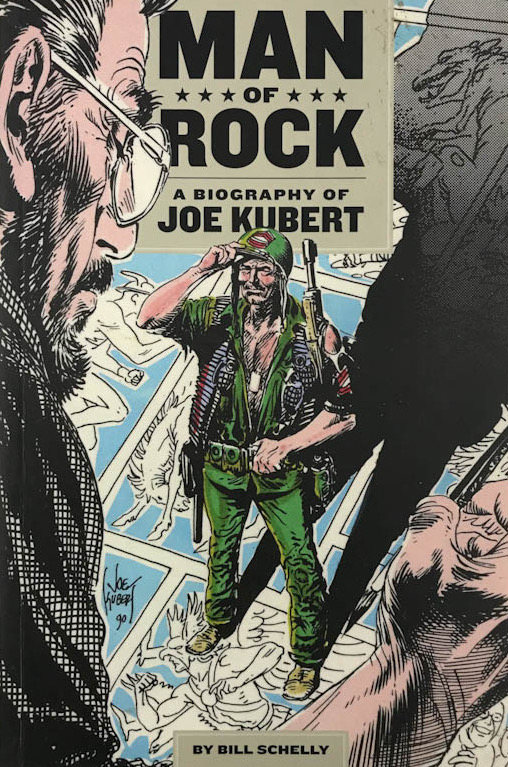
—
Sense of Wonder: My Life in Comic Fandom (TwoMorrows Publishing, 2001, and, later, North Atlantic Books). Rising though I did out of the comic book fandom of the 1960s and early-1970s, I was always sorry that I arrived at the dance too late to have been part of “First Fandom,” those early-1960s pioneers like Jerry Bails, Roy Thomas, Don and Maggie Thompson and Bill Schelly, who gets a second shoutout for his “personal memoir of fandom’s golden age.” It makes you long for the heady aroma of duplication fluid.
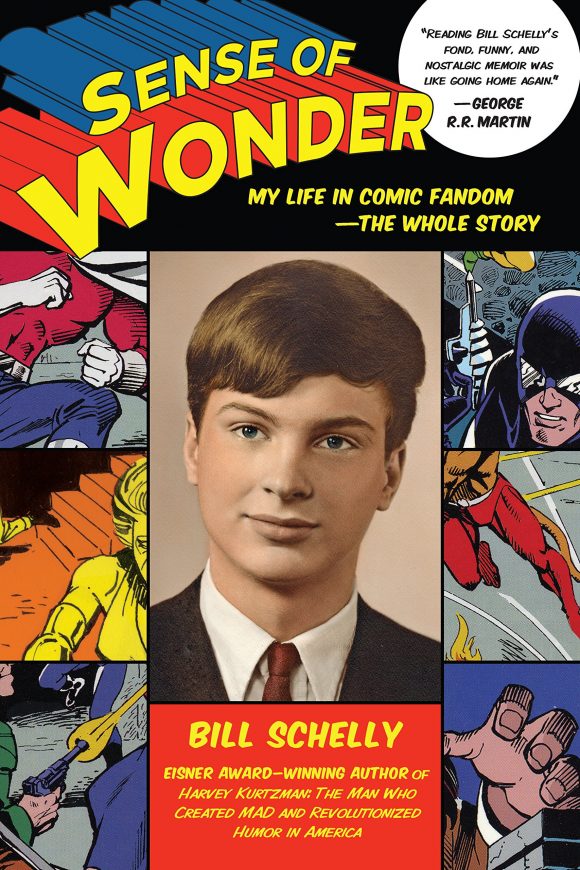
—
Hey Kids, Comics! True-Life Tales from the Spinner Rack (Crazy 8 Press, 2013). A nifty collection of short essays by comics pros and fans about the comic books they read off the spinner racks as kids that sparked or fed their love of the habit… I mean hobby. Full confession: Hey Kids! was published under the Crazy 8 Press imprint of which I am a member, is edited by longtime 13th Dimension contributor Rob Kelly, and features my essay on my love for the old DC 80-Page Giants. But it also includes essays by the likes of J.M. DeMatteis, Steve Englehart, Alan Brennert, Marc Tyler Nobleman, Chris Ryall, Steve Skeates, Sholly Fisch, and many others. Talk about primal influences!
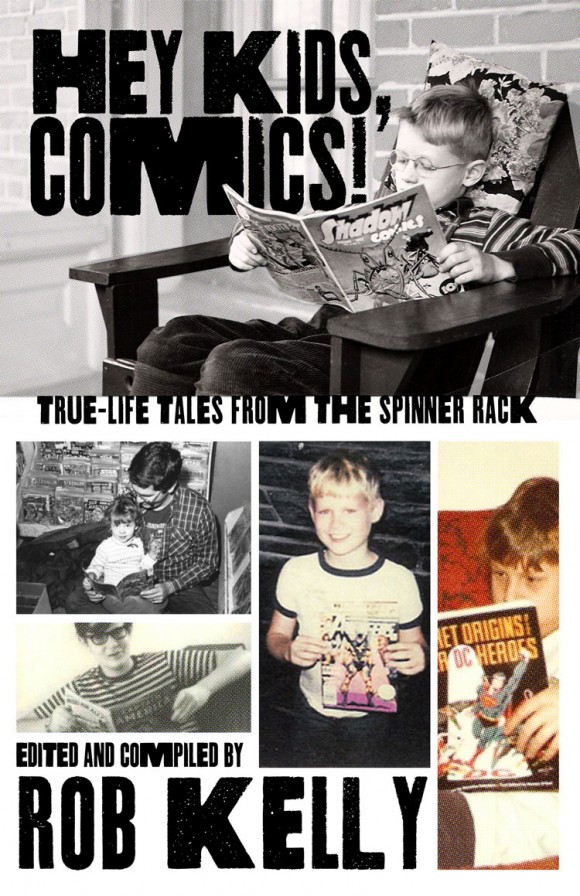
—
Forgotten All-Star: A Biography of Gardner Fox (Pulp Hero Press, 2019). Not forgotten by me, I was thrilled to read Jennifer DeRoss’ exhaustively researched and excellent biography of one of the most important comic book scribes of the 1940s and 1960s as the writer of All-Star Comics starring the Golden Age Justice Society of America and the Silver Age Justice League of America.
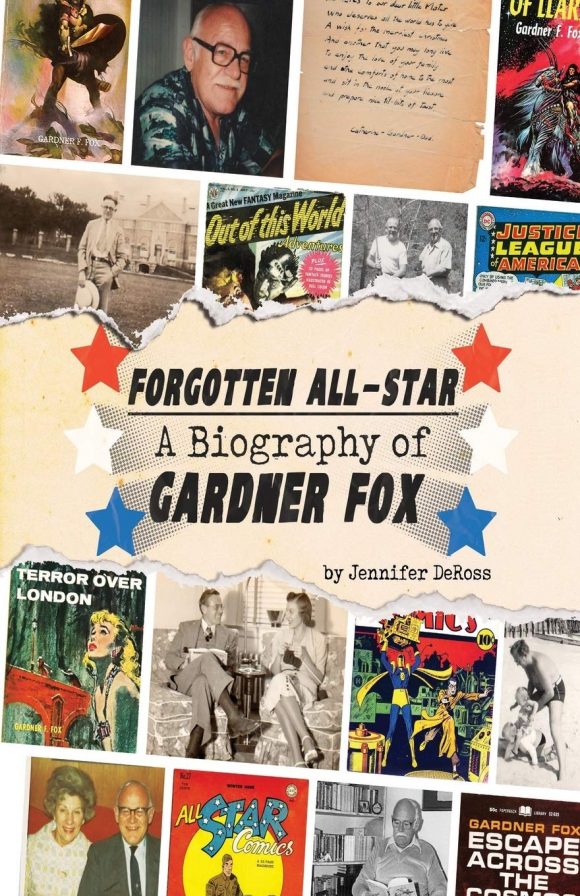
—
Super Boys: The Amazing Adventures of Jerry Siegel and Joe Shuster — the Creators of Superman (St. Martin’s Press, 2013). Nobody’s dug deeper into the lives of Siegel and Shuster or painted such a rich portrait of the creators of the character that launched an industry than Brad Ricca.
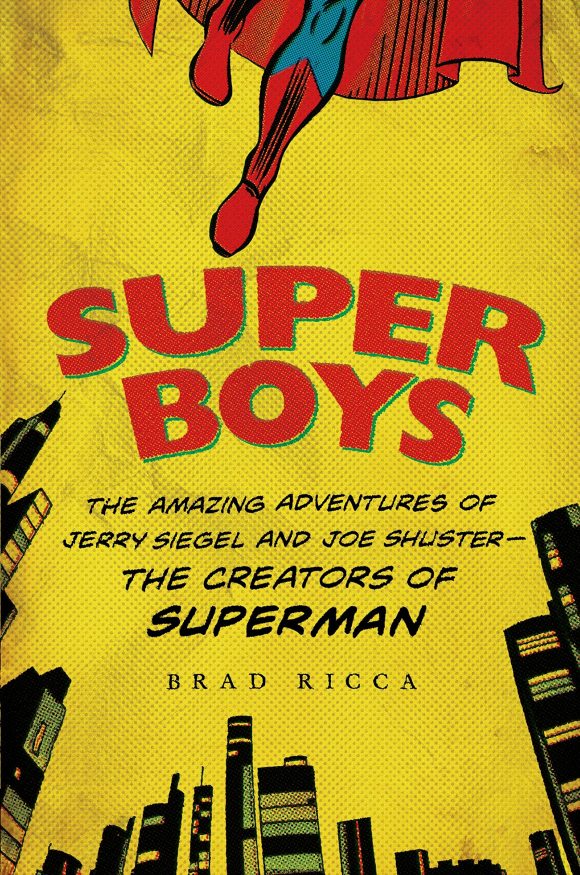
—
Slugfest: Inside the Epic 50-Year Battle Between Marvel and DC (Da Capo Press, 2017). Even if I wasn’t quoted several times in it, I would still recommend Reed Tucker’s Slugfest for its in-depth look at the war of the newsstands that, the way Reed tells it, has over the decades often been more interesting than the comics either company was selling on those newsstands. (Coming soon to Roku as a docu-series executive produced by the MCU’s Russo Brothers.)
—
Jack Cole and Plastic Man (Chronicle Books, 2001). I mentioned Jack Cole and Plastic Man in passing in an earlier column this week, but I can’t recommend it highly enough. For my 10¢, Plastic Man was the greatest strip of the 1940s and Jack Cole one of the era’s most inspired creators. Pulitzer Prize winning cartoonist Art Spiegelman and award-winning author and book designer Chip Kidd create a memorable tribute to a memorable creator.

—
A Marvelous Life: The Amazing Story of Stan Lee (St. Martin’s Press, 2019). Longtime Marvel staffer and writer Danny Fingeroth wrote an impressive biography of Stan Lee, made all the more personal by the fact that the author knew his subject, at least on a professional basis.
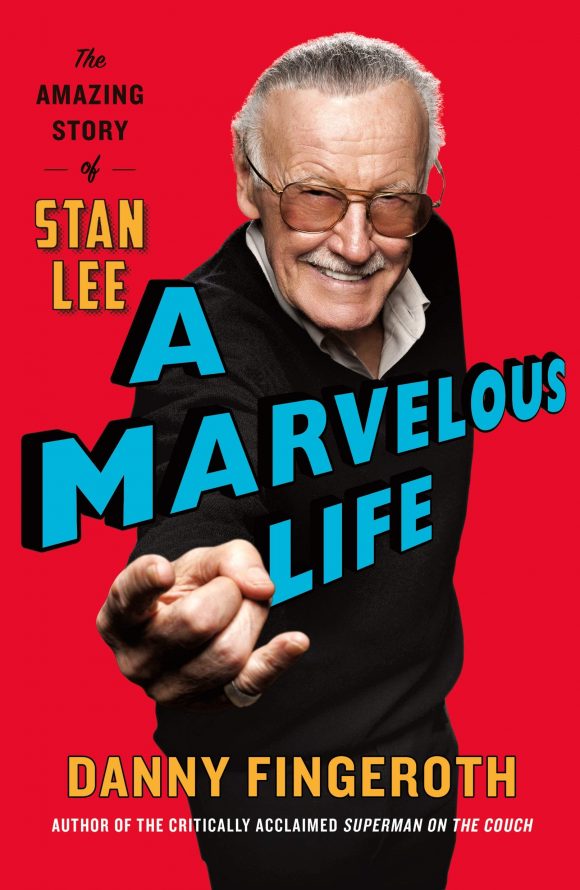
—
Comic Wars: How Two Tycoons Battled Over the Marvel Comics Empire — And Both Lost! (Broadway Books, 2002). I remember following the day-to-day financial rollercoaster ride that many was sure was leading up to the death of Marvel Comics. It featured billionaire Ronald Perelman and his efforts to inflate Marvel’s worth with junk bonds versus corporate raider Carl Icahn and the evil empire of Ike Perlmutter. Author Dan Raviv was able to make the financial machinations understandable even to me.
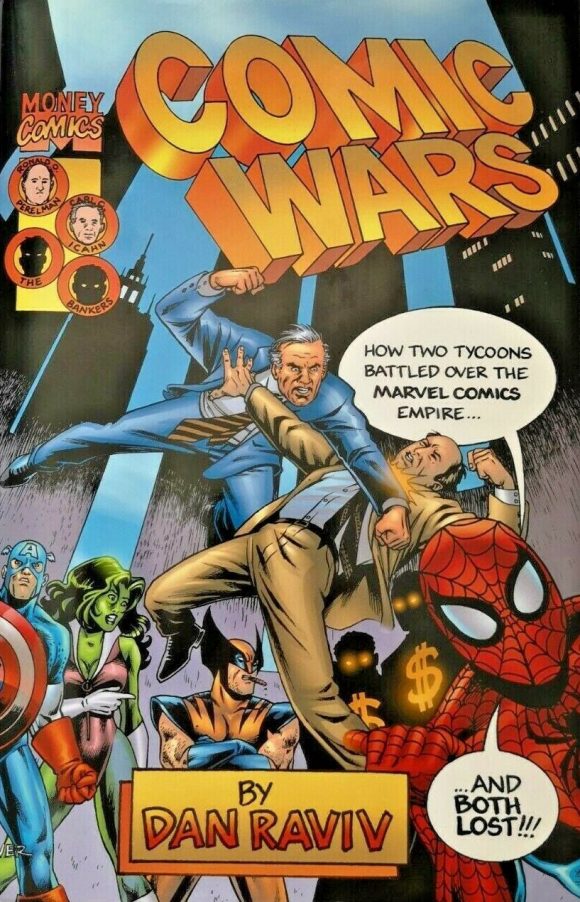
—
Man of Two Worlds: My Life in Science Fiction and Comics (Harper Entertainment, 2000). Julie Schwartz told only about 70 percent of his story in his 2000 memoir written with Brian Thomsen, Man of Two Worlds. I know because after I read it, I saw it was missing a lot of great stories I’d heard him tell over the years. I asked him, “Why didn’t you include the story about so-and-so or the one about you-know-who, etc.? Those are some of your best stories!” Unfortunately, while Julie was happy to tell tales about himself that made him look bad, he was reluctant to do the same to friends and colleagues, even those who were no longer with us. But 70 percent of Julie’s remarkable life story is better than none.
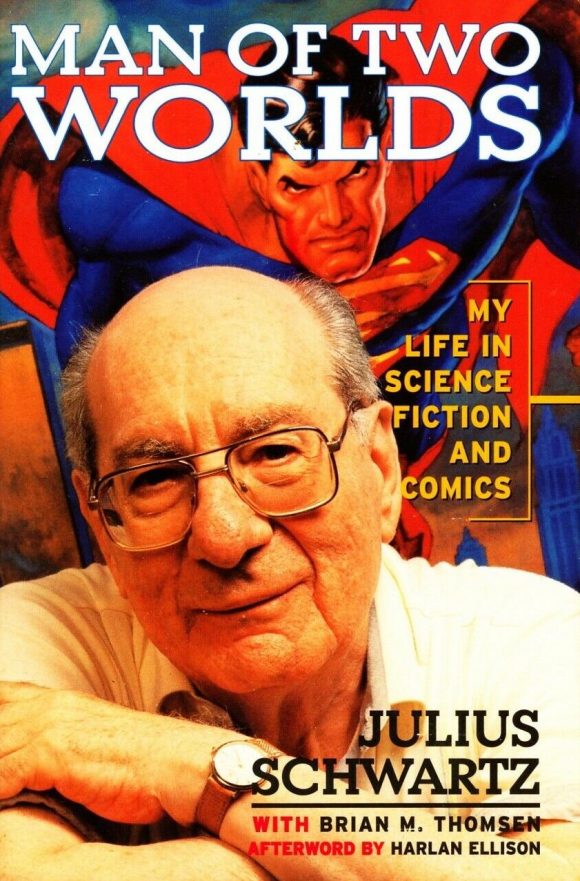
—
Secret Identity (Flat Iron Books, 2022). Alex Segura knows the comic book business. He’s the VP of marketing for Oni Press (with prior similarly lofty positions at DC and Archie) and an award-winning mystery writer, as well as an occasional 13th Dimension contributor. Put ’em together and you get Secret Identity, a novel set in the comic book business of 1975 which Alex was kind enough to allow me to read earlier this year. All I’ll say is, it’s currently available for pre-order and you should do that.

—
A Killing in Comics (Berkeley Prime Crime, 2007), Strip for Murder (Berkeley Prime Crime, 2008), and Seduction of the Innocent (Titan, 2013). Max Allan Collins’ trio of murder mysteries featuring mother and son newspaper syndicate owners Maggie and Jack Starr set in the 1940s and 1950s are just flat-out fun. Max knows how to construct a mystery like few others and his comics insider knowledge adds to the stories’ verisimilitude, as do the comic-strip inserts drawn by the talented Terry Beatty (current writer/artist on the syndicated Rex Morgan, M.D. strip).
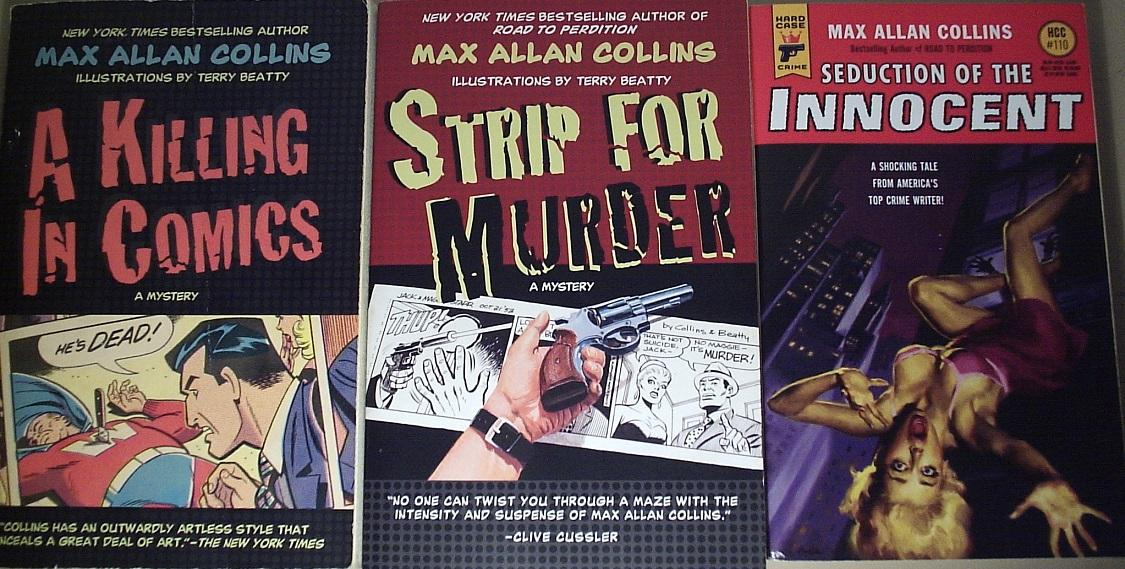
—
How to Murder Your Wife (Dell, 1965). You’re likely more familiar with the 1965 Jack Lemmon/Virna Lisi film than the book (which seems to have come first), but How to Murder Your Wife was probably the inspiration for a generation of artists wanting to become comic-strip artists. In it, bachelor cartoonist Stanley Ford lives an idyllic life in a NYC townhouse, aided and abetted by his dedicated butler Charles (Terry-Thomas in the movie)… and Charles is mostly dedicated to keeping Stanley single, healthy and happy. One drunken night, Stanley meets Virna Lisi, they get married, she moves in, and misogynistic hilarity ensues. But who knew comic strip artists got to live like kings?!
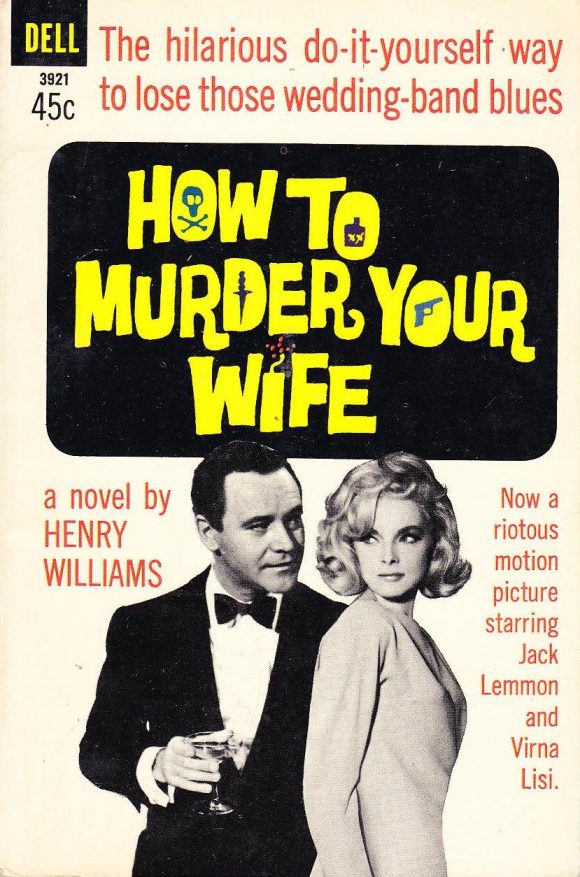
—
MORE
— PAUL KUPPERBERG: My 13 Favorite Books on MAKING COMICS. Click here.
— PAUL KUPPERBERG’s DIRECT COMMENTS Index. Click here.
—
Sure, you know Paul Kupperberg as the prolific writer of over a thousand comic books for such characters and series as Superman, Aquaman, Doom Patrol, Vigilante, Life with Archie, Bart Simpson, Scooby-Doo, and dozens more for DC Comics, Archie Comics, Bongo Comics, and others, and that he is also the creator of the series Arion, Lord of Atlantis, Checkmate and Takion, and is a former editor for DC, Weekly World News, and WWE Kids Magazine. But Paul is also the author of numerous books, including the superhero novel JSA: Ragnarok and the comics industry-based murder mystery, The Same Old Story, not to mention (but we will anyway) Paul Kupperberg’s Illustrated Guide to Writing Comics, I Never Write for the Money, But I Always Turn in the Manuscript for a Check, Direct Comments: Comic Book Creators in their Own Words, The Unpublished Comic Book Scripts of Paul Kupperberg and Son of the Unpublished Comic Book Scripts of Paul Kupperberg. You can follow Paul at PaulKupperberg.com and at Crazy8Press.com.
